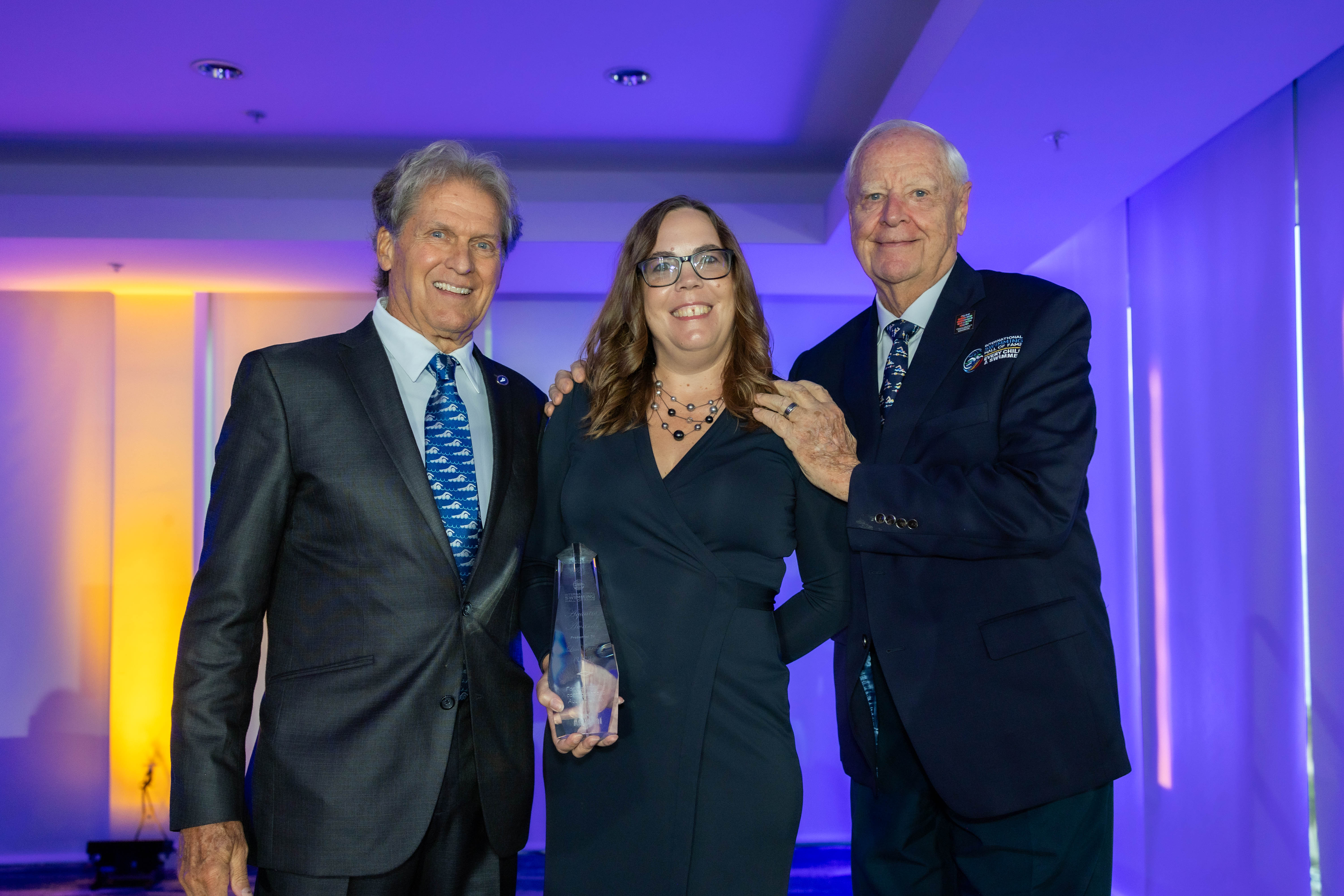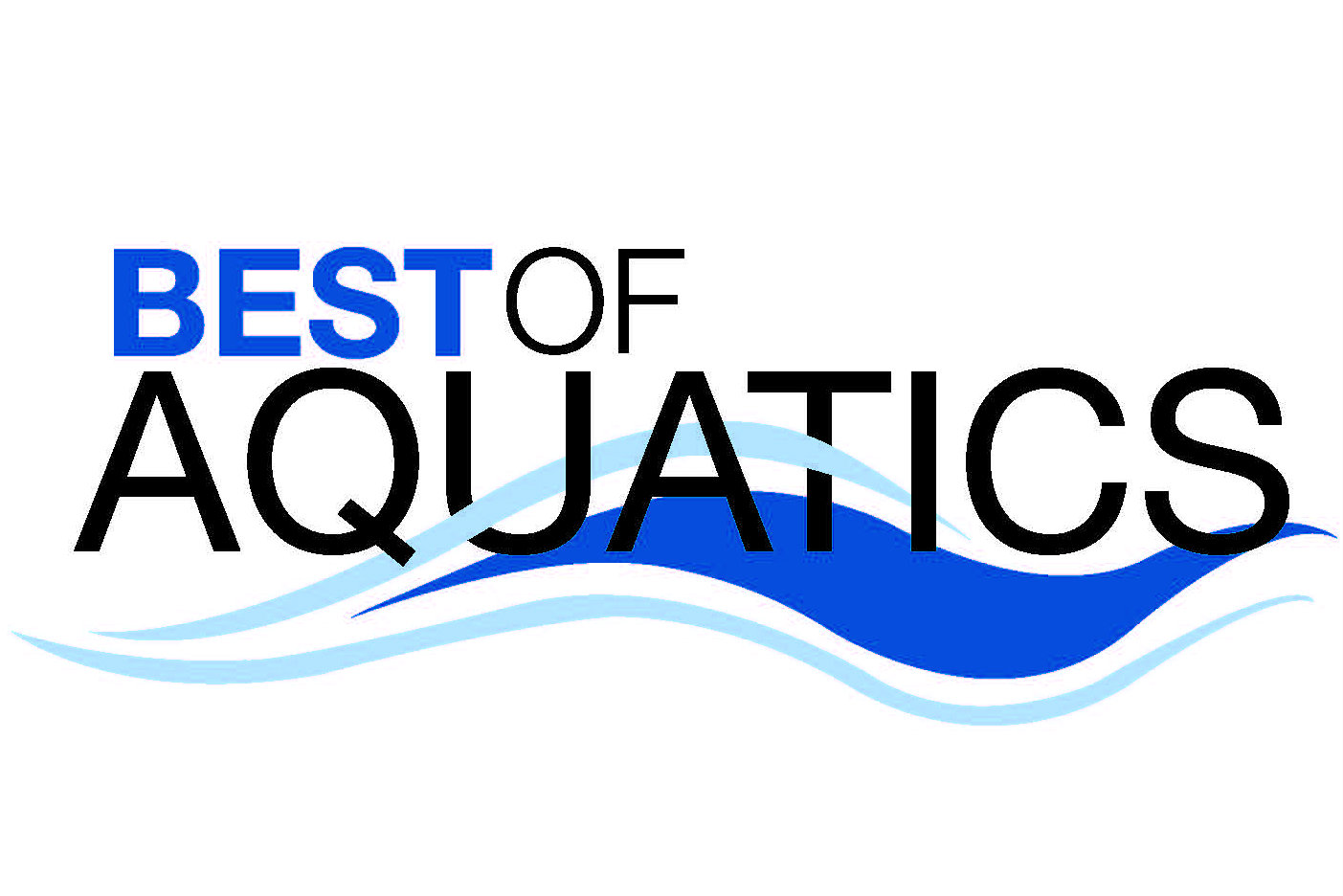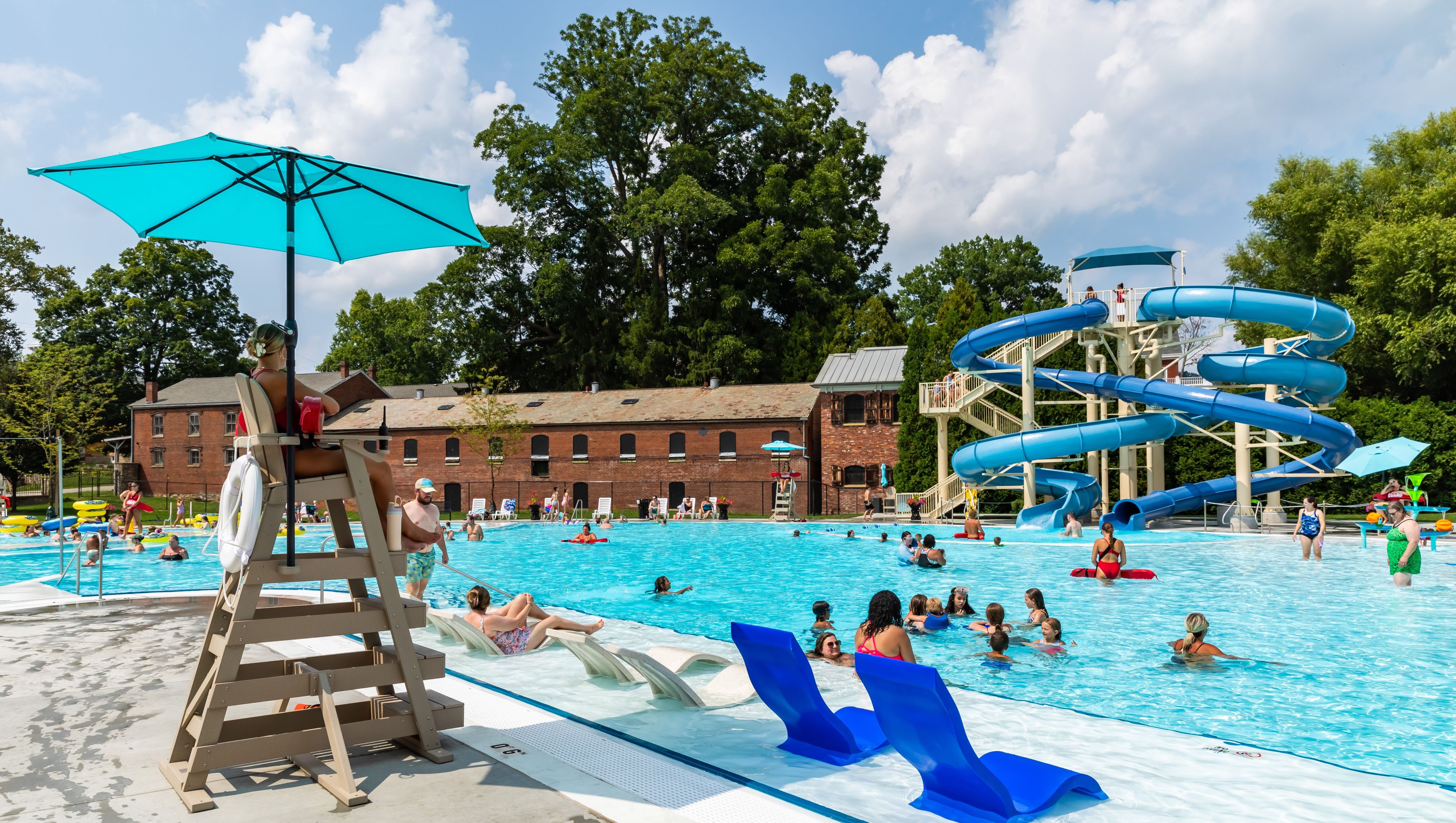Other Projects
The following facilities got creative to ensure that their communities’ aquatic needs were met — while staying mindful of budgets and other vital concerns:
Before a city was even built, there existed a Recreation & Park District in the Conejo Valley north of Los Angeles. Today, three cities have learned to share the park district, which is funded through property taxes. This sharing strategy recently extended to the new community pool at Catholic Lutheran University in Thousand Oaks, Calif., in a private-public partnership.
With $1.9 million from the park district; $1.4 million from the city of Thousands Oaks, including a $99,000 federal grant secured four years prior; and a 30-year land lease from the private university, the park district built a community pool next to the school’s new Olympic-size pool.
The agreement includes parking and lighting of the pool, as well as community access to the university’s pool. In addition, the university had recently constructed a new athletic complex, field house and sports fields, and was happy to offset the costs of its new pool with the community.
“The partnership we did with the city and the university made it not a huge outlay for any one agency,” says Jim Friedl, general manager of the Conejo Recreation & Park District. “It made the ability to have the pool much more realistic by having each agency kick in a little.”
Having the two pools allows for sharing and trading purposes, such as using the community pool as a warm-up area for collegiate swim meets. In return, the university might let the community use its Olympic-size pool for a few days in the future.
“We built a really great community pool for learn-to-swim, seniors, water aerobics, family swim night, and community-based programming next to a gorgeous Olympic-size pool that’s only 11/2 years older,” Friedl says. “When you have eight warm-up lanes next to the Olympic pool, you can qualify to host some pretty high-end swim meets. So say the university wants to do a big NCAA-II swim meet and wants to use the shallow pool, … [we can] work out a sharing and swapping arrangement.”
The new pool has 75 steps on its floor to transition depth from 3 feet to 5 feet. The pool is divided into eight lanes, and its edge is flush with the deck to avoid the limbs of small children getting stuck in the gutter rail.
The entry fee is $2 for recreational swim, including outside residents. Friedl says even local summer camps have been arriving by the busload and putting the pool at capacity every day.
Other revenue sources include swim lessons, lifeguard lessons and other recreational programming, as well as rentals for swim clubs and water polo teams. Friedl says a combination of the profits and property tax already collected will be used to pay staff, utilities and operational costs. Any extra needs, such as new lane lines or starting blocks, can be purchased through fund-raising efforts by local swim clubs, whose support for the project has been very strong.
What happens after the 30-year lease with the university is up? “The university gets to keep the pool, and [it] can decide to take on the responsibility of managing. Or, if our relationship is still mutually beneficial, we would work with them before that to extend the [lease],” Friedl says. “Thirty years is the typical life of a pool before you need a major retrofitting on it.” But until then, he’s content with the arrangement. “It’s been really well-received by the community,” Friedl says. “We built a pretty complete facility right from the get-go.”



